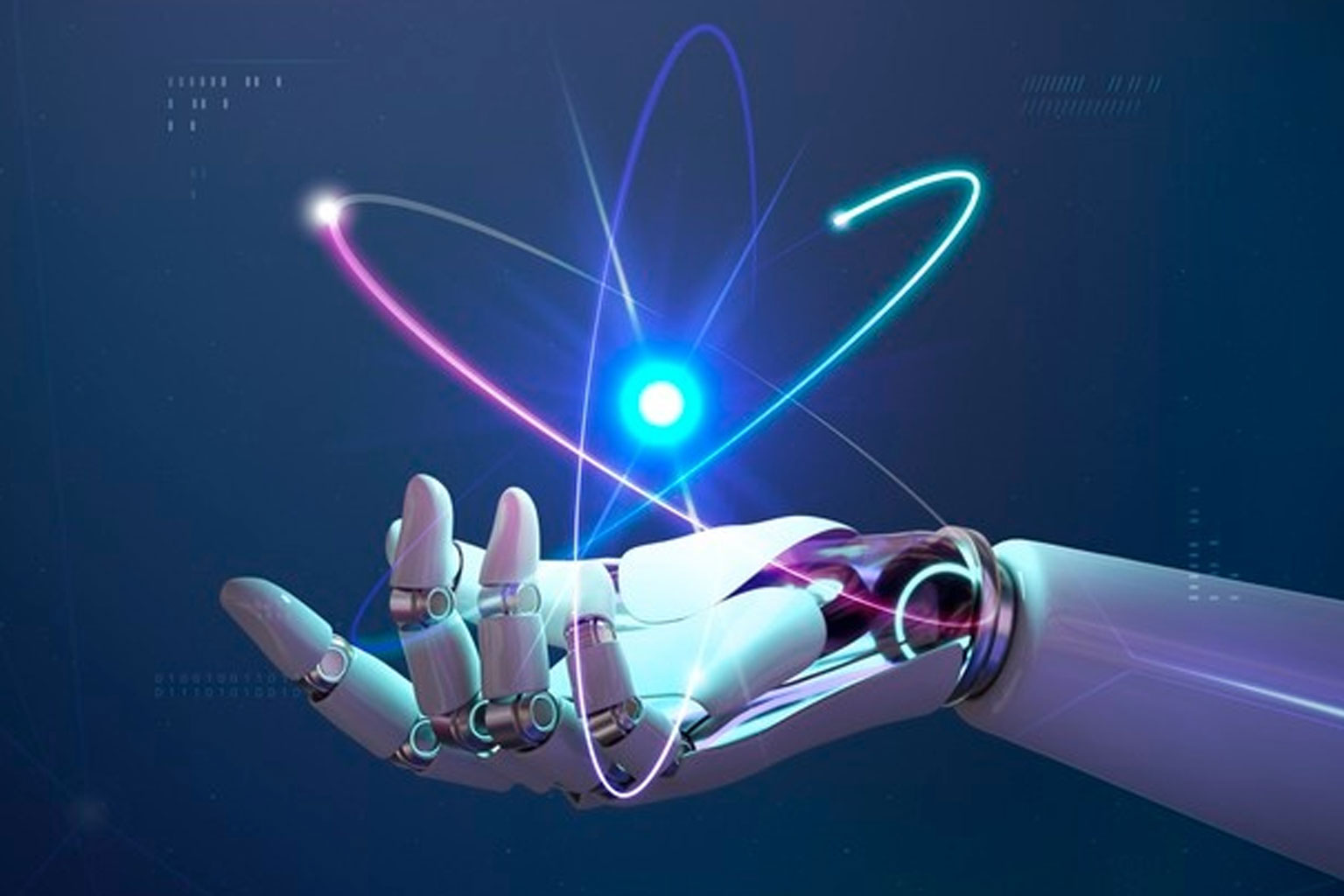Robotics Process Automation (RPA) How does it work?
 | September 13, 2021 | |
Robotic Process Automation (RPA) is the process of a machine impersonating a living being to do those basic tasks that are ordinarily done by human workers. The software or the bot is taught about a workflow through multiple steps and programmed to do those tasks such as updating fields in a form, updating documents, or sending and receiving messages. RPA is designed to operate as a digital assistant, doing routine tedious tasks that would contrarily use up employees' time, causing them to feel fatigued easily.
Though the term RPA was coined in the early 2000s, the primary development had begun in the 1990s, Machine Learning was a concept that aided in the formulation of notions about RPA. It prompted the advancement of 'Normal Language Processing (NLP),' which assisted PCs with comprehension and cycle human language all the more precisely. In 1960, NLP joined 'artificial intelligence (Artificial Intelligence)' for building up the connections among PCs and human dialects. Then, at that point, the innovation advanced further towards the foundation of RPA, and there were not many more improvements during the 1990s.
There are difficulties to the working of RPA which are expressed below:
- There are unclear expectations associated with the utilization of RPA by the organization, there will be numerous changes made to the institutional structure if the workers are freed from the tiresome work.
- To scale and address incidental side-effects by the RPA, it is in the best interest of the business to set up a strategy to administer individuals and the processes for which every individual is accountable, by building controls and following the systems for the new climate.
- There is always ambiguity that comes with the adoption of machine tasks rather than manual tasks, the technical personnel will be required to hunt for reasonings for the technical and operating of the RPA for sound implementation.
Can the perks of RPA outweigh the challenges?
- The task entrusted to a machine is guaranteed one aspect in any case — the accuracy — there is a minuscule possibility of a mistake by a human employee, but a robot is intended to eliminate processing flaws or the state of panic during an unforeseen downtime.
- With the RPA system, the machine is programmed to produce conveniently and precisely. Say, a human worker tends to do a tedious job in 2 hours, the machine has the tendency to perform the same task in less than half the time taken by the former.
- RPA never necessitates a break – it can work hours, days, months on end, with the right maintenance. Essentially, it wouldn’t demand a getaway or call in sick. By large, an individual RPA robot can be equivalent to two to five full-time workers, and surprisingly more. Robots can finish similar or more volumes of work in a short span of time concurrently.
Therefore concluding, we can insinuate that the advantages effectively outweigh the complexities and makes it critical for an association to have sufficient knowledge and see to the prerequisite of RPA in the current digital era, to make their business prosper.


